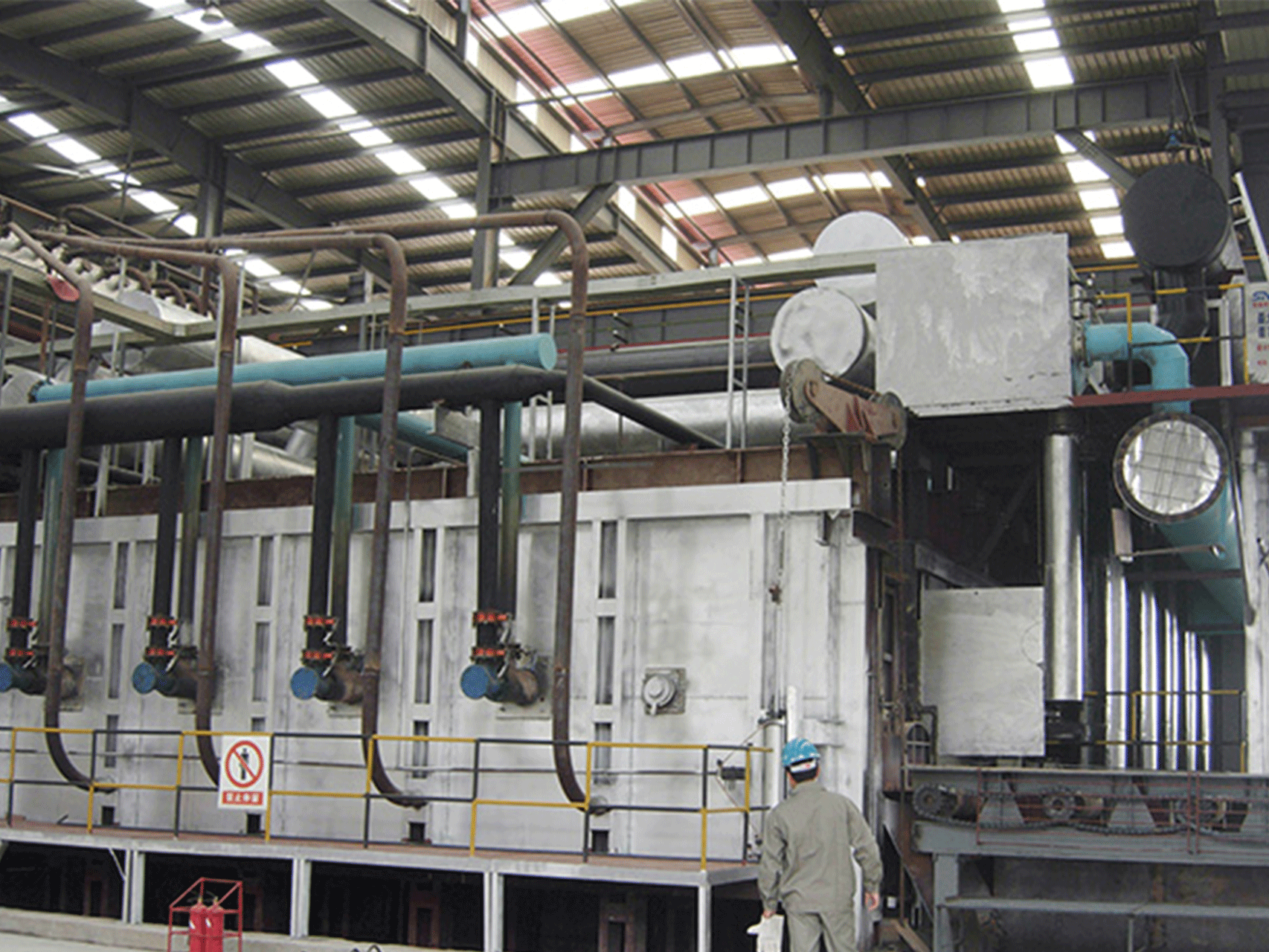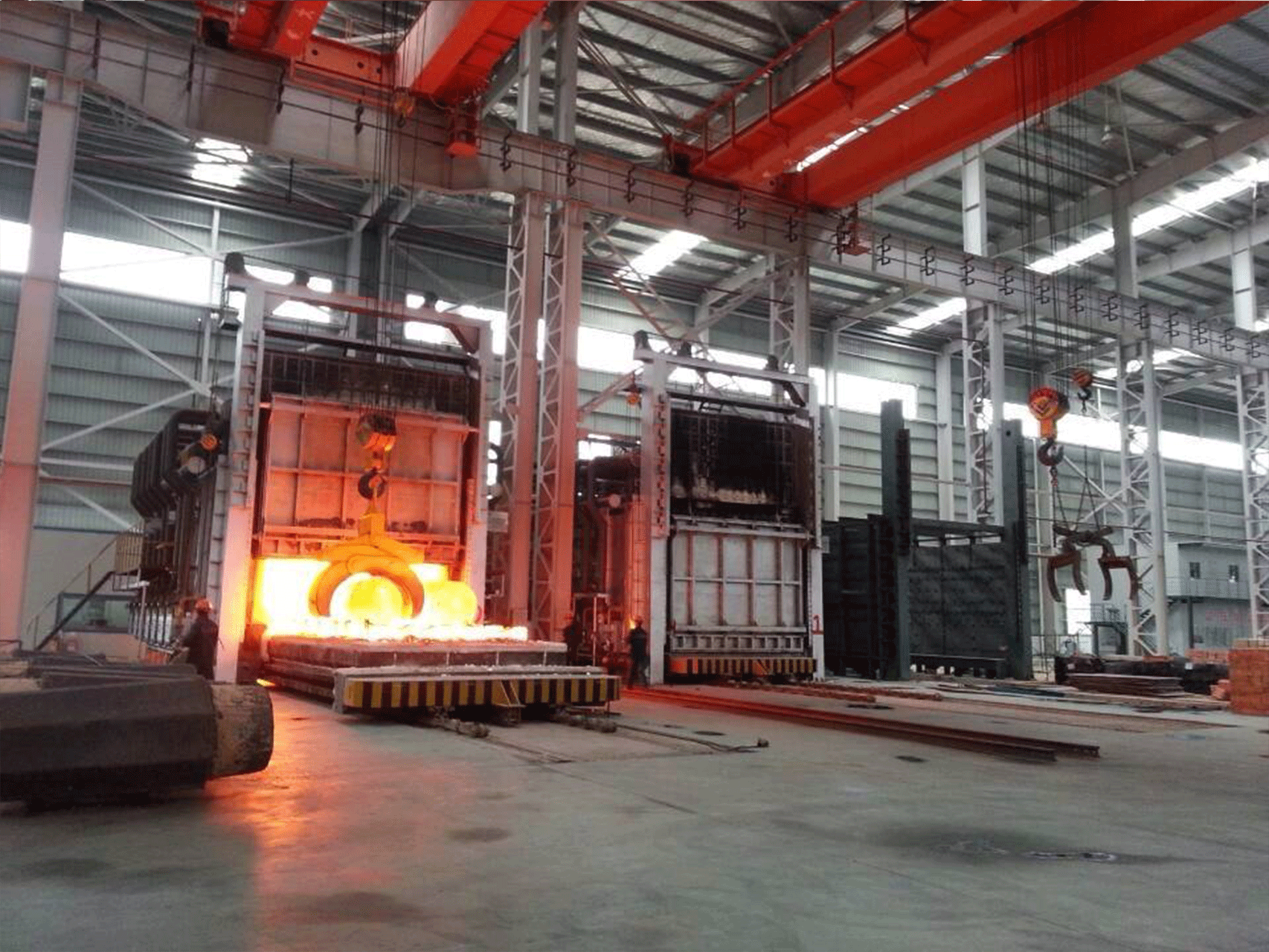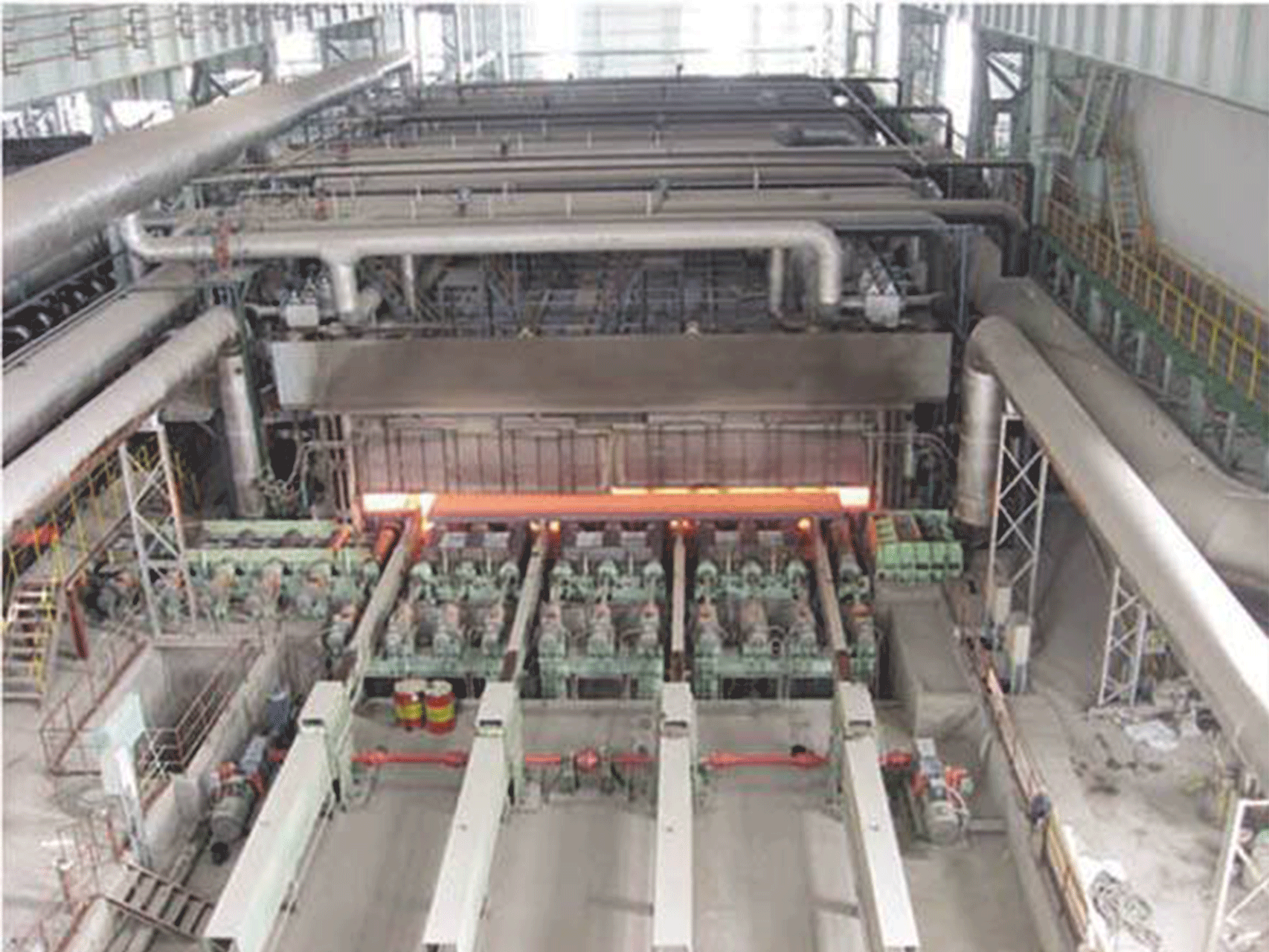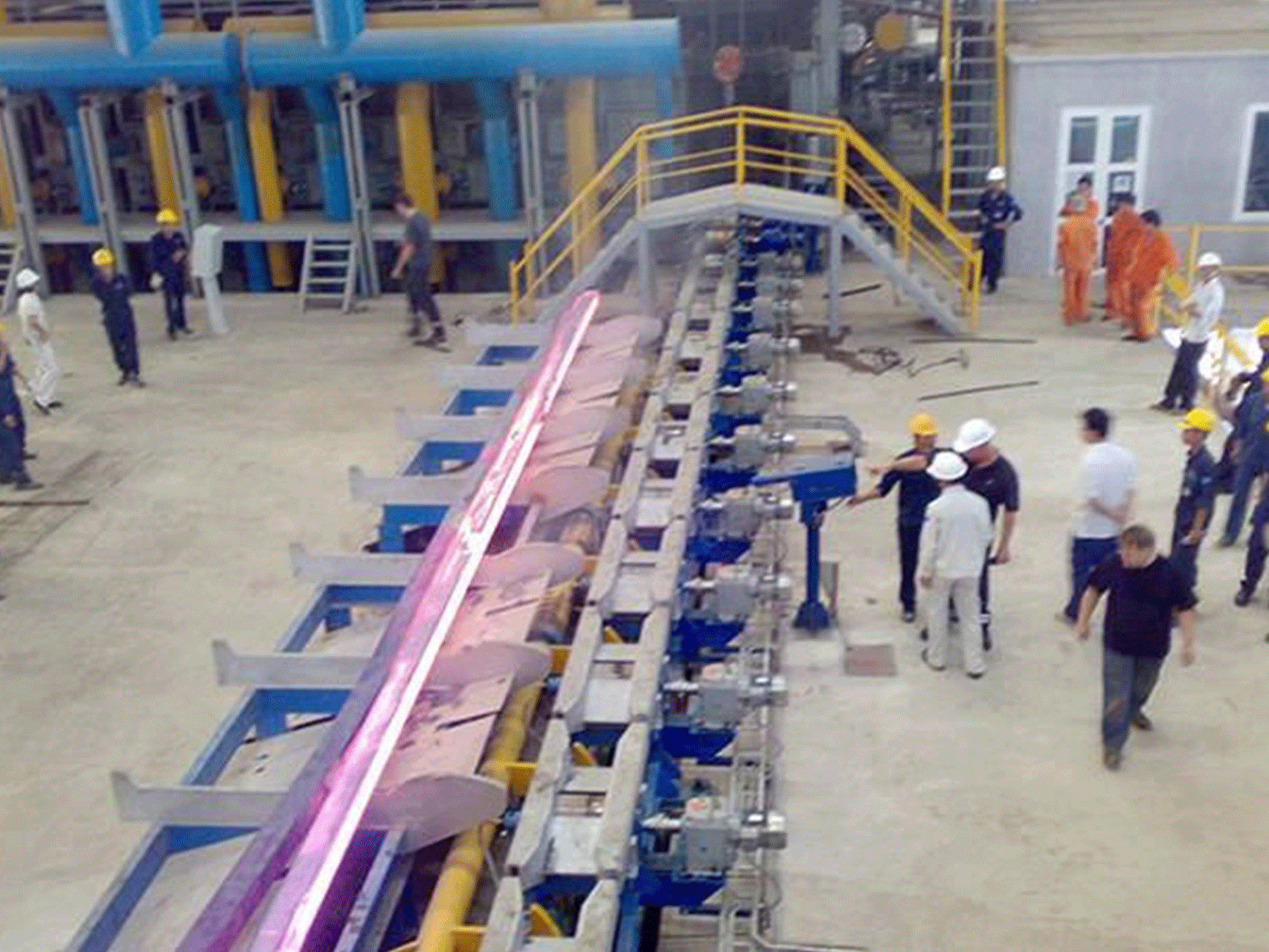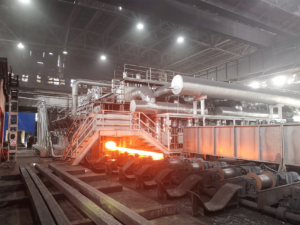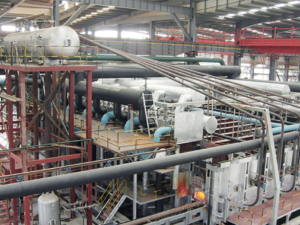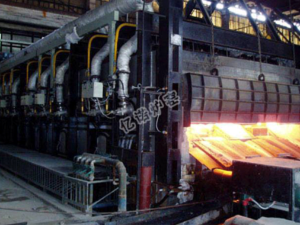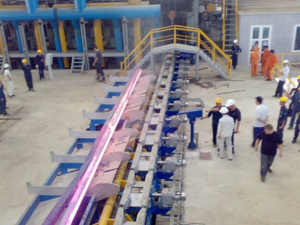Inquiry
Regenerative heating furnace
A regenerative heating furnace is a type of high-temperature furnace used in metalworking and glassmaking. The furnace employs a technique known as regenerative heating, which recovers waste heat from exhaust gases and uses it to pre-heat incoming air or fuel. When compared to traditional heating systems, this results in higher energy efficiency and lower fuel consumption.
The regenerator chambers of a regenerative heating furnace are typically filled with a high-temperature material such as ceramic bricks. The furnace works in a cyclical fashion, with one regenerator used for preheating and the other for combustion. The direction of airflow is reversed on a regular basis, allowing the regenerators to switch roles.
They are well-known for their efficiency and ability to quickly reach high temperatures. They are also adaptable and can be used for a variety of tasks such as forging, heat treating, and melting. However, they can be costly to install and maintain, and they must be carefully monitored to avoid overheating or other safety hazards.
Advantages of regenerative heating furnace
- Higher energy efficiency: Because it recovers and reuses waste heat, they are more energy efficient and use less fuel than traditional heating systems.
- Faster heating: Because it reaches high temperatures quickly, the time required for heating and processing materials is reduced.
- Lower emissions: Regenerative heating furnaces can significantly reduce greenhouse gas and other pollutant emissions by recovering waste heat and using it for preheating.
- Versatility: Because regenerative heating furnaces can be used for a variety of applications such as forging, heat-treating, and melting, they are a versatile option for a wide range of industries.
- Lower operating costs: By preheating with waste heat, it can reduce fuel consumption and operating costs, potentially saving money over time.
- Regenerative heating furnaces are designed to maintain a consistent temperature, which is critical for many industrial applications that require precise heat control. Overall, it outperform traditional heating systems in terms of efficiency, heating time, emissions, and operating costs.
Regenerative Heating Furnace FQA
Q: What materials can be processed in a regenerative heating furnace?
A: A regenerative heating furnace can process a variety of materials including metals, ceramics, glass, and some polymers. The specific materials that can be processed will depend on the type of regenerative heating furnace and its design parameters. Generally, materials that can withstand high temperatures and rapid heating and cooling cycles can be processed in it.
Q: How does a regenerative heating furnace work?
A: The basic operation of a regenerative heating furnace involves a heating cycle and a regenerating cycle. During the heating cycle, fuel and air are combusted in the furnace chamber, producing high-temperature gases that are used to heat the material being processed. At the same time, the regenerator absorbs heat from the outgoing gases.
During the regenerating cycle, the direction of the airflow is reversed, and the heat-absorbing material in the regenerator releases the heat it has absorbed back into the incoming air. This preheated air is then used in the next heating cycle to further improve energy efficiency. The process of alternating between heating and regenerating cycles allows it to achieve high levels of energy efficiency by recovering and reusing waste heat. Additionally, the use of preheated air can improve the quality of the heating process by providing a more consistent and controlled temperature.
Q: What are the advantages of using a regenerative heating furnace?
A: There are several advantages of using a regenerative heating furnace, including:
- Energy efficiency: The regenerator in the heating furnace allows for the recovery and reuse of waste heat, resulting in improved energy efficiency and lower operating costs.
- Lower emissions: The use of preheated air in a regenerative heating furnace can result in lower emissions of pollutants such as carbon monoxide and nitrogen oxides.
- Consistent temperature control: The use of preheated air can provide a more consistent and controlled temperature, resulting in improved product quality and reduced waste.
- Versatility: It can process a wide variety of materials, including metals, ceramics, glass, and some polymers.
- Reduced maintenance: The design of furnaces can reduce maintenance requirements and prolong the lifespan of the furnace.
Q: Are there any safety concerns with using a regenerative heating furnace?
A: As with any industrial heating equipment, there are some safety concerns associated with the use of a regenerative heating furnace. Some potential safety concerns include:
- Fire and explosion hazards: It involve the use of flammable gases and high temperatures, which can increase the risk of fire and explosion if proper safety measures are not taken.
- Chemical hazards: The materials being processed in a furnace may release toxic or hazardous fumes, which can pose a risk to worker health and safety.
- Electrical hazards: The use of high-powered electrical systems in furnaces can pose a risk of electrical shock and other electrical hazards.
- Equipment malfunctions: Like any equipment, regenerative heating furnaces can malfunction, which can pose a risk to worker safety and damage to the furnace and surrounding equipment.
Q: What industries commonly use regenerative heating furnaces?
A: They are commonly used in industries that require high-temperature heating processes, such as steel production, glass production, ceramics manufacturing, and some polymer processing applications.







